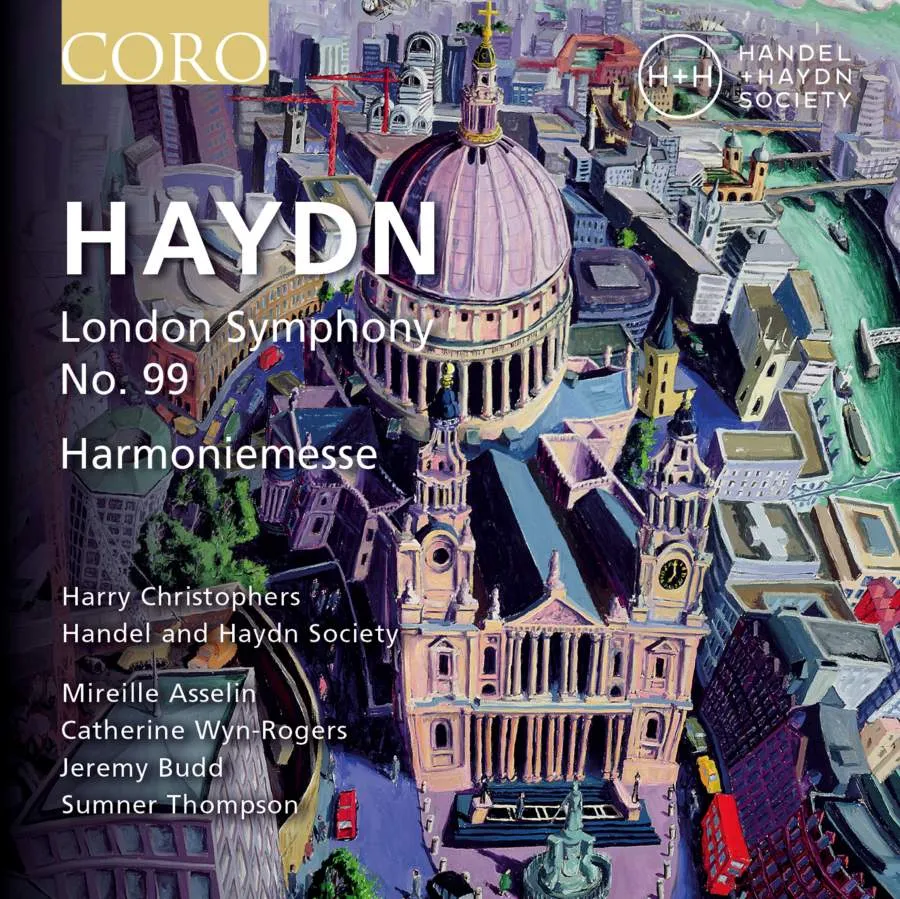
Haydn Mass in B flat (Harmoniemesse); Symphony No. 99 in E flat; Mireille Asselin (soprano), Catherine Wyn-Rogers (mezzo-soprano), Jeremy Budd (tenor), Sumner Thompson (baritone); Handel and Haydn Society Chorus; Handel and Haydn Society Orchestra/Harry Christophers CORO COR16176 68:24 mins
The Harmoniemesse not only marked the end of the series of Masses Haydn composed for Princess Esterházy’s name-day, but was also his last significant composition. Certainly, it’s a monumental piece, and an altogether appropriate way for him to have bowed out.
Its nickname arises out of the richness of its wind section – ‘Harmonie’ being the German for a wind-band. Among its startlingly original features are the way the chorus first enters, on a dramatic discord; the fusion of the opening Kyrie and Christe sections into a continuous whole; the unprecedented setting of the Benedictus as a breathless Allegro; and the invocation of the sounds of war preceding the prayer for peace of the Dona nobis. This last inspiration was one that Beethoven took to still greater heights in his Missa solemnis.
No less opulently scored than the Mass is the Symphony No. 99 – Haydn’s first to include clarinets. Unusually, it even uses the trumpets and drums in its slow movement, which also contains two extended passages for winds alone. Harry Christophers takes the minuet at quite a lick and has to slow down drastically for the ländler-like trio section. But since the trio is in a distant key from the minuet, Haydn provides a modulating link back to the da capo, and Christophers’s shift of gear here is rather disconcerting.
Still, these are highly convincing accounts, with a fine line-up of soloists in the Mass. These ‘live’ performances may not be without their occasional blemishes, but their warmth and their affection for the music are everywhere in evidence.
Misha Donat